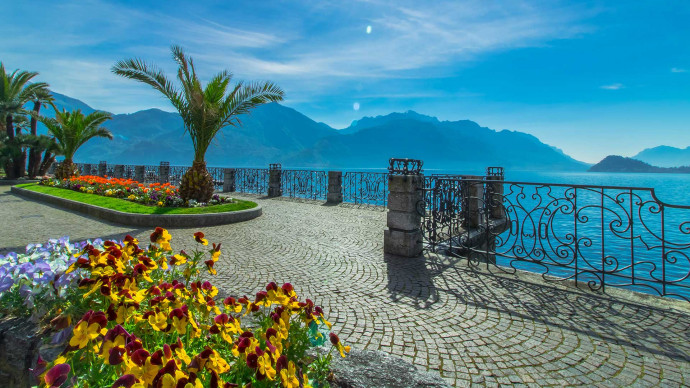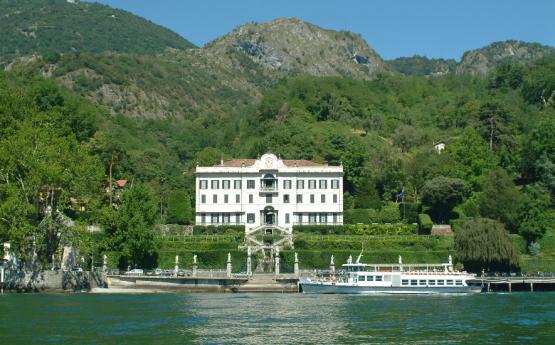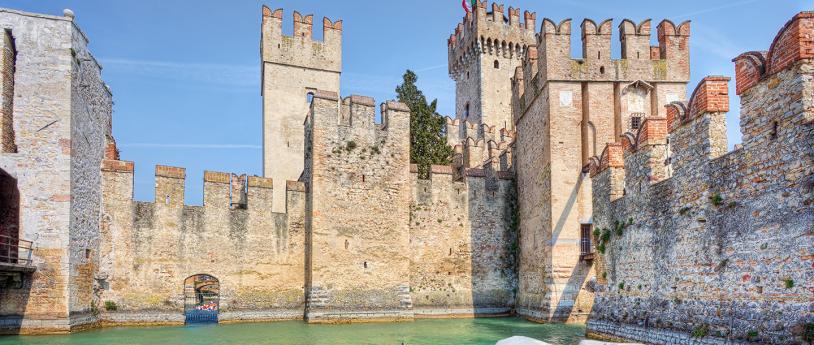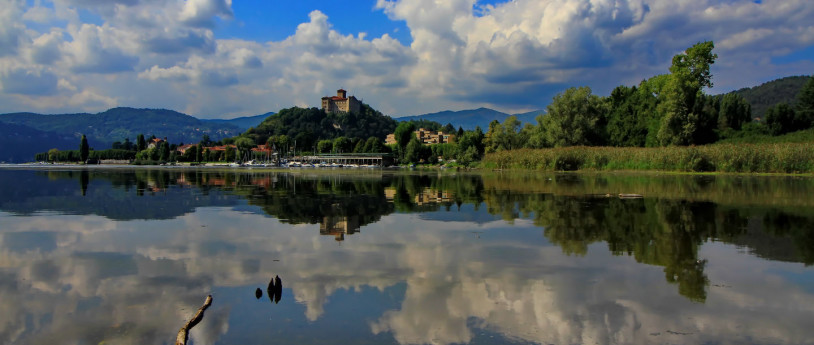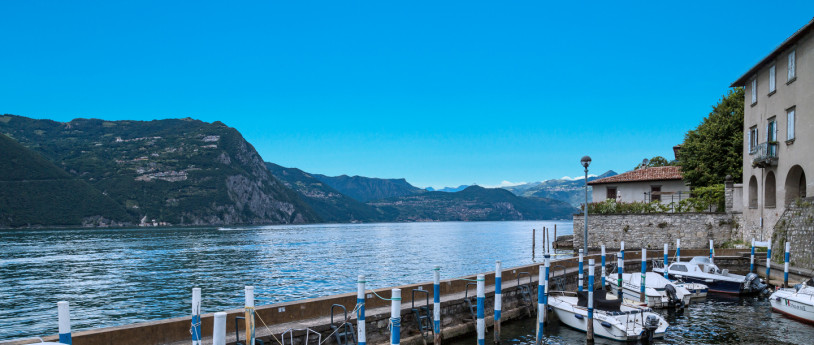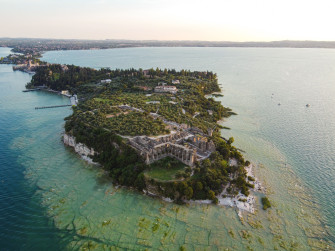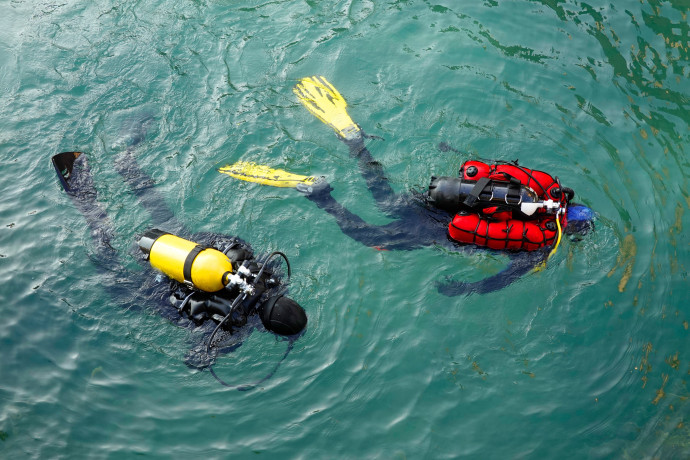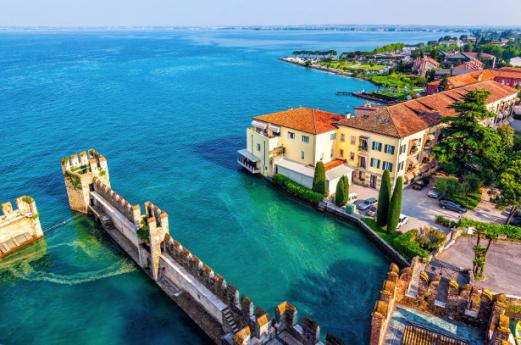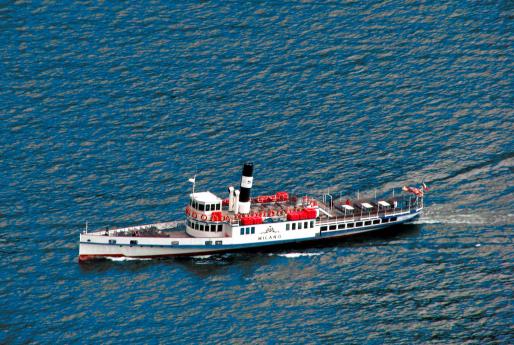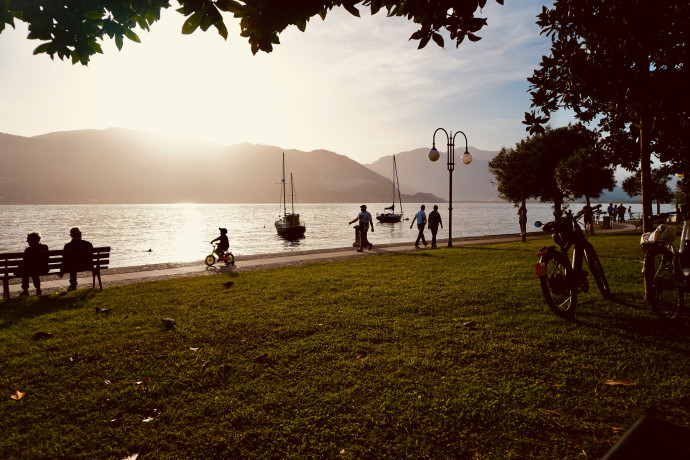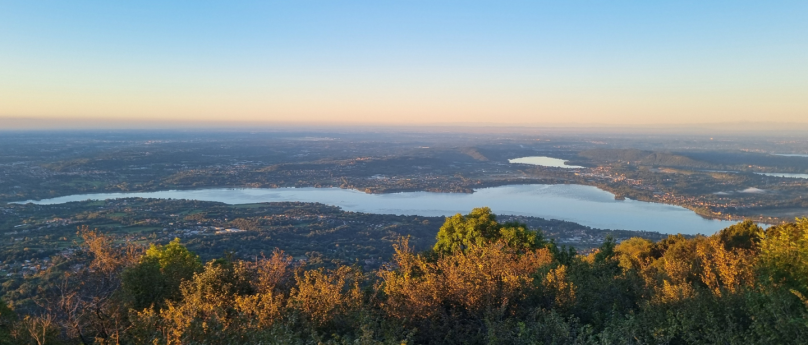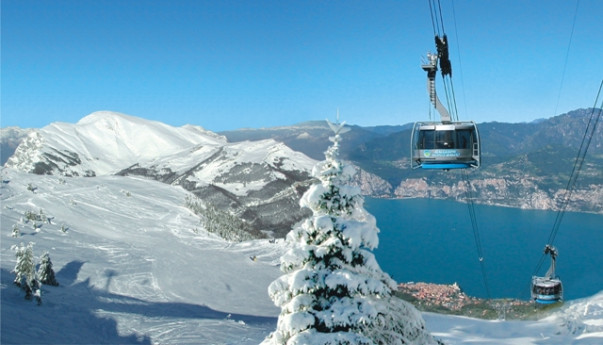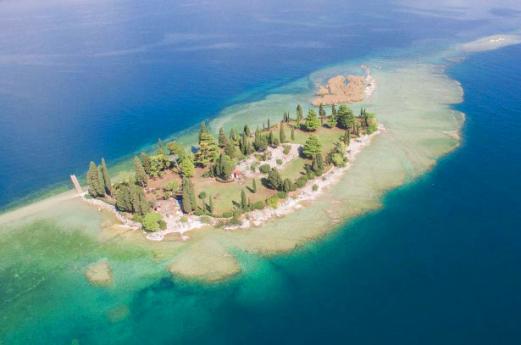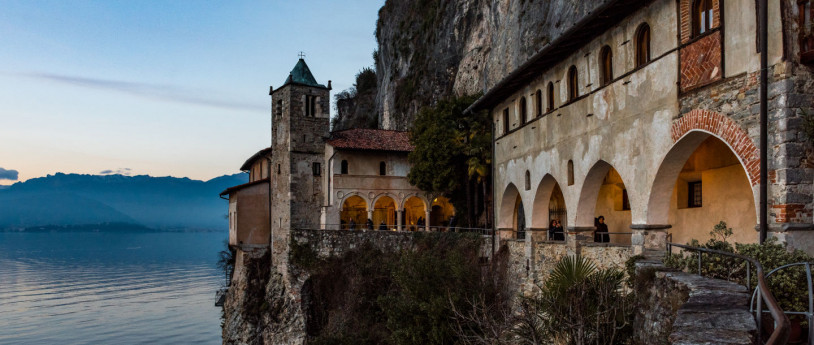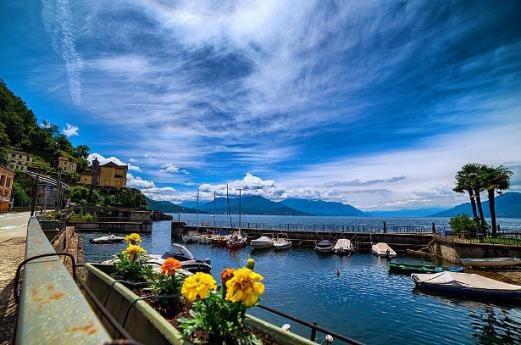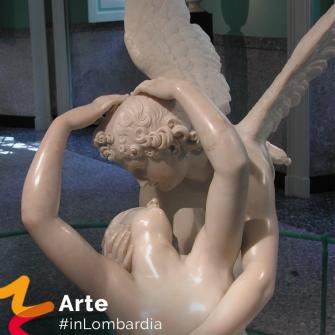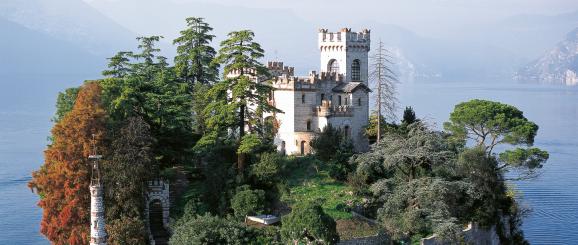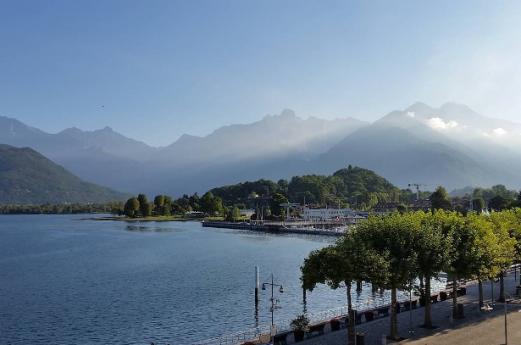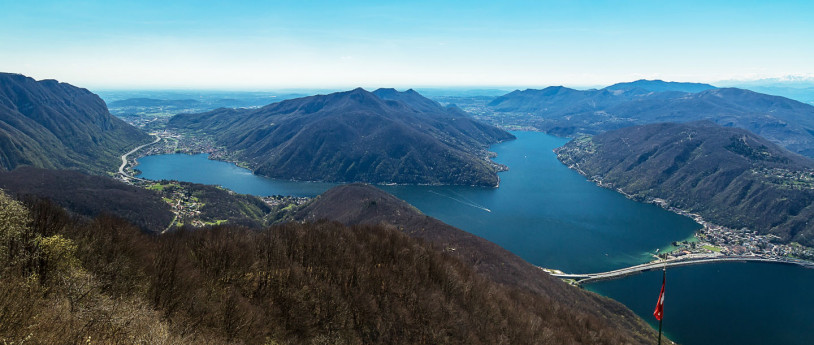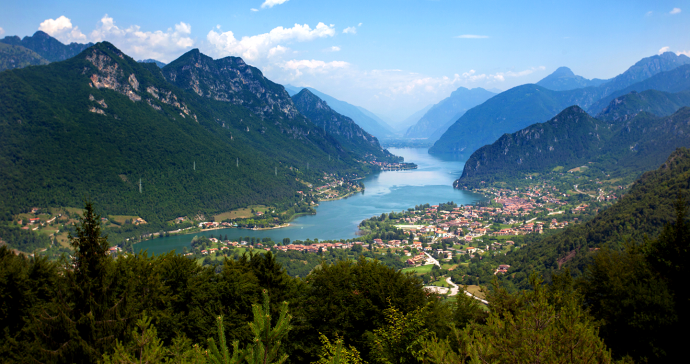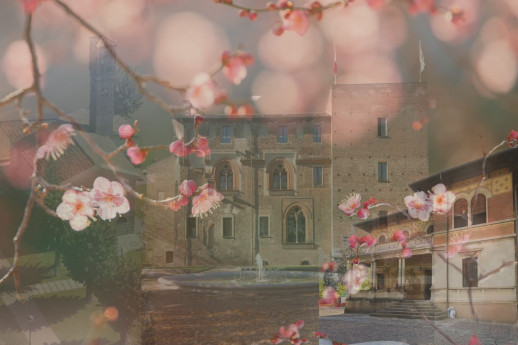- Lakes
- Art & Culture
the archaelogical palimpsest of Comacina
Comacina Island is the old island in the middle of the lake which can be reached by boat.
Also known as castél,this island that has been inhabited since ancient times, was the site of many early medieval wars. It was also the last refuge of Berengar XI and, in 1169, it was at the centre of the struggle between Como and Milan, who saw to its destruction.
According to thelegend, many of its inhabitantsmigrated to Varenna. Most of them went over to a new island, where the church of Sant'Eufemia was rebuilt, with the same patron as the one destroyed on the old island.
It is considered one of the most impressive archaeological sites in northern Italy from the Early Middle Ages, which has regained its former glory thanks to the excavations carried out in the course of the 20th century.
During these digs, a great palimpsest of archaeological interest was unearthed that dates back from Roman times to the 16th century.
The site was discovered by the historian and archaeologist Ugo Monneret de Villard, during the first campaign of excavations in 1914, conducted with the exclusive aim of recovering the remains of St. Euphemia.
Five more archaeological campaigns would be carried out between 1958 and 1978 by the architect Luigi Mario Belloni, an expert on the Larian territory, along with his wife Dr. Mariuccia Zecchinelli. Numerous architectural remains were discovered, mostly Early Christian and early medieval along with an incredible amount of furnishings.
Belloni also performed an extraordinary campaign of underwater research in the area surrounding the lake that allowed him to recover many artefacts from the island.
In addition to the numerous civilian structures created for military purposes, there are the remains of a marble colonnade from the Roman era, visible beneath the floor of the 17th-century church of S. Giovanni Battista.
There are also finds from late antiquity, like the base of a tower which probably served as a bell tower for the Romanesque Basilica of San Eufemia and early Christian relics such as the baptismal room with two apses.
The most remarkable archaeological finds originate from the complex of San Eufemia, including the division with three naves and three apses, the beautiful crypt and the portico with front wings, along with the remains of the church of S. Maria col Portico and S.Pietro in Castello.
Research has also been conducted on the walls of hewn stone of the medieval complex of Saints Faustino and Giovita.
A visit to the island should also include a stop at the Antiquarium Museum, which houses the archaeological finds and artefacts from different sites around Comacina Island and the territory of Ossuccio.
